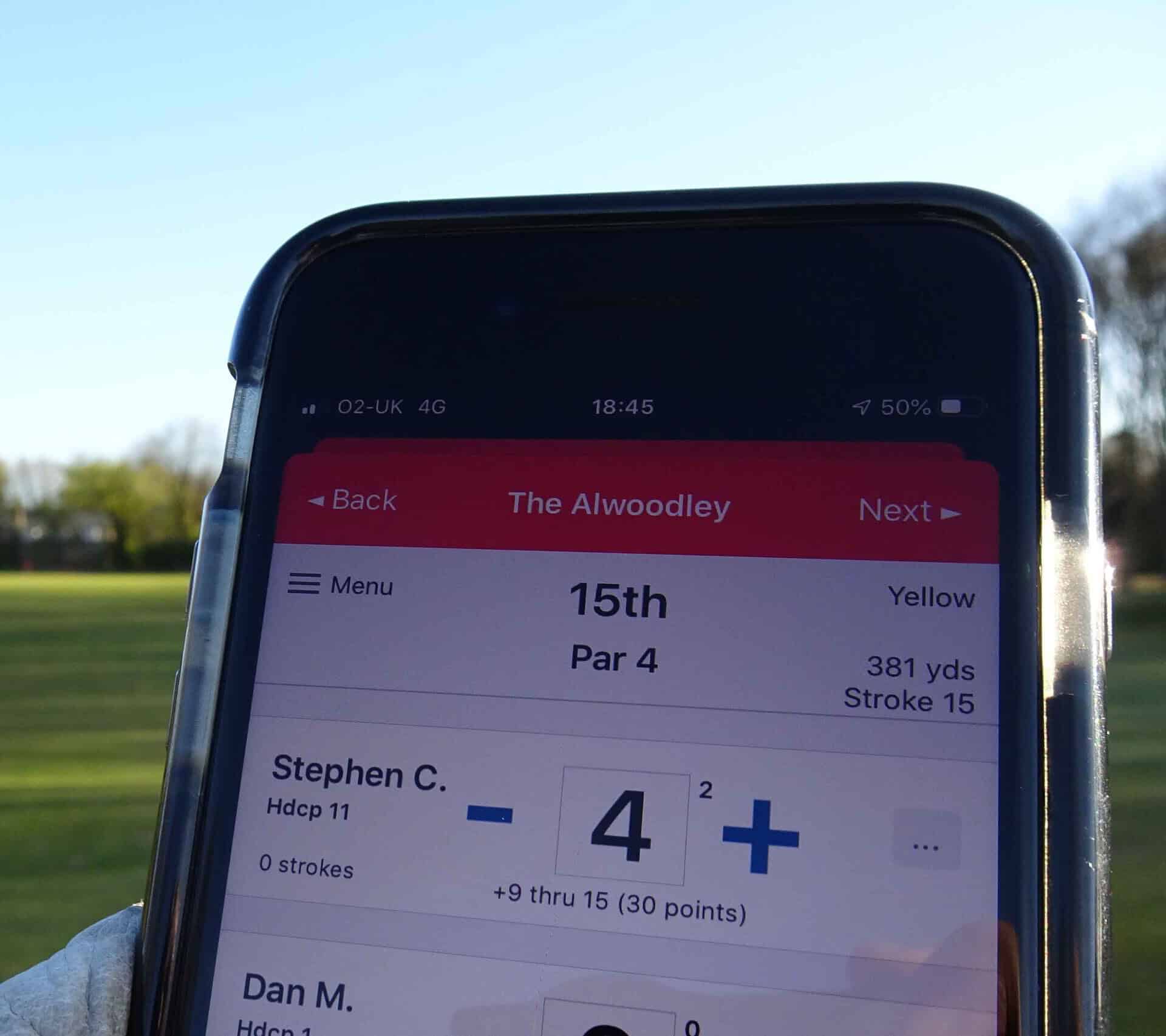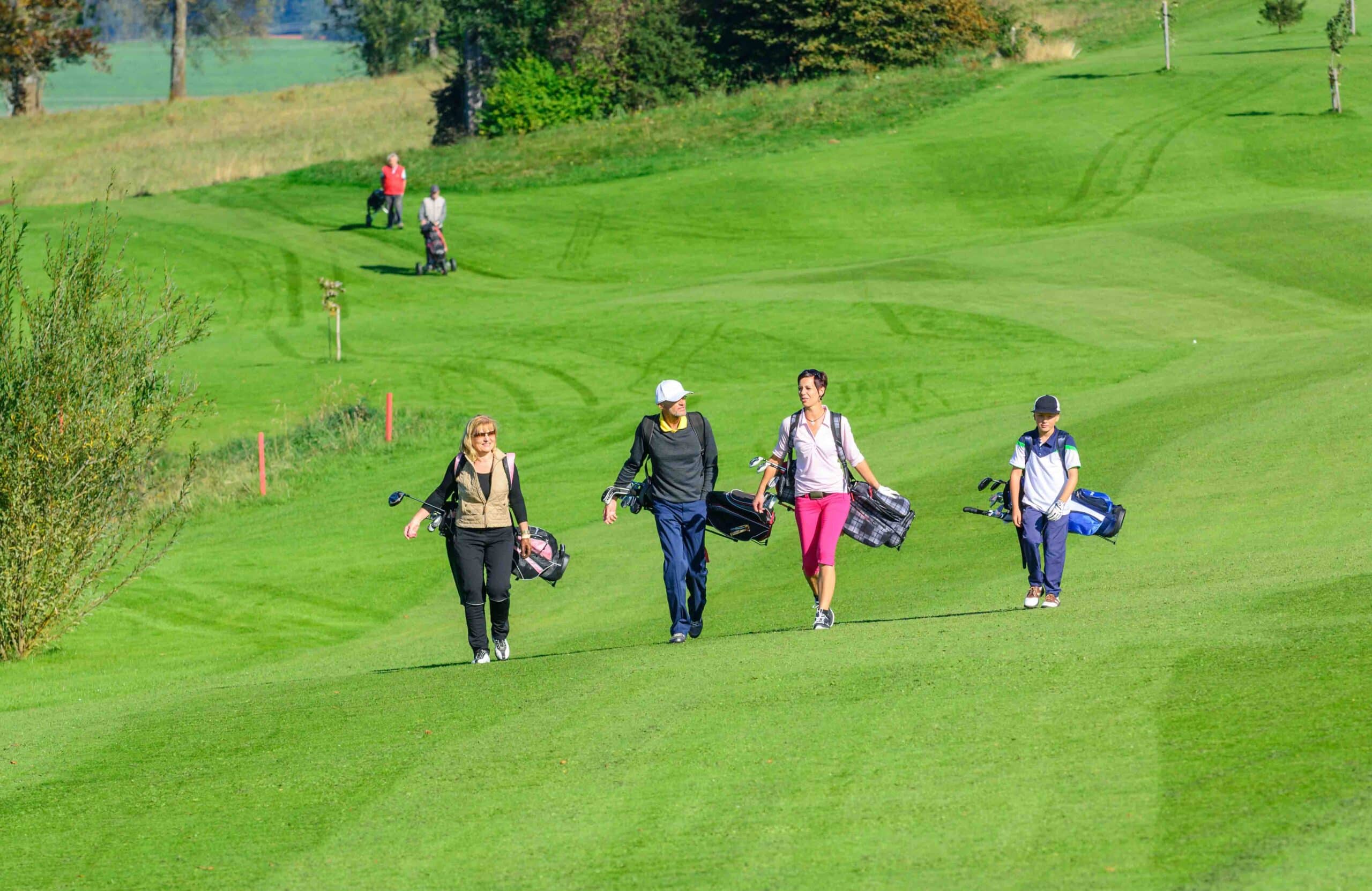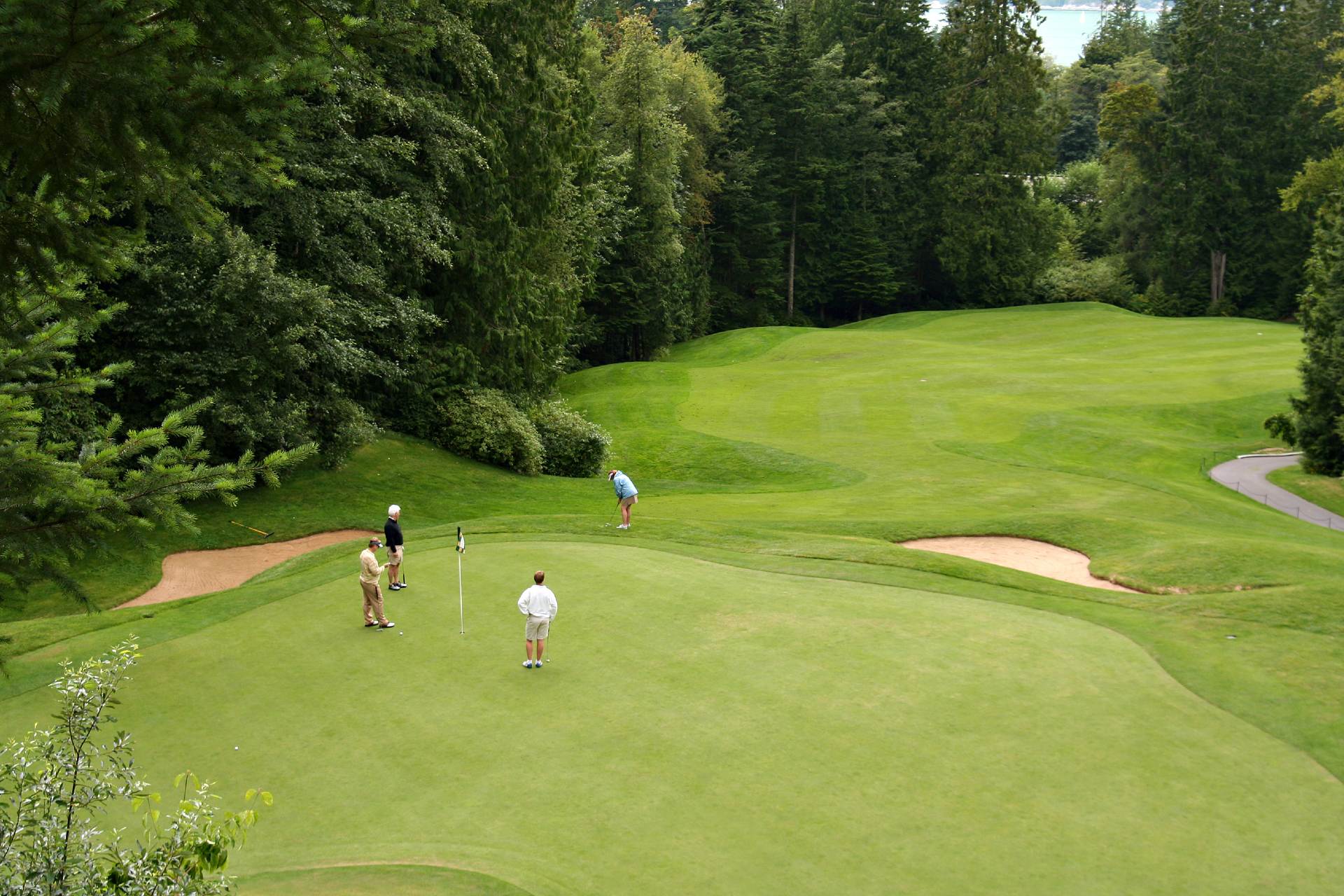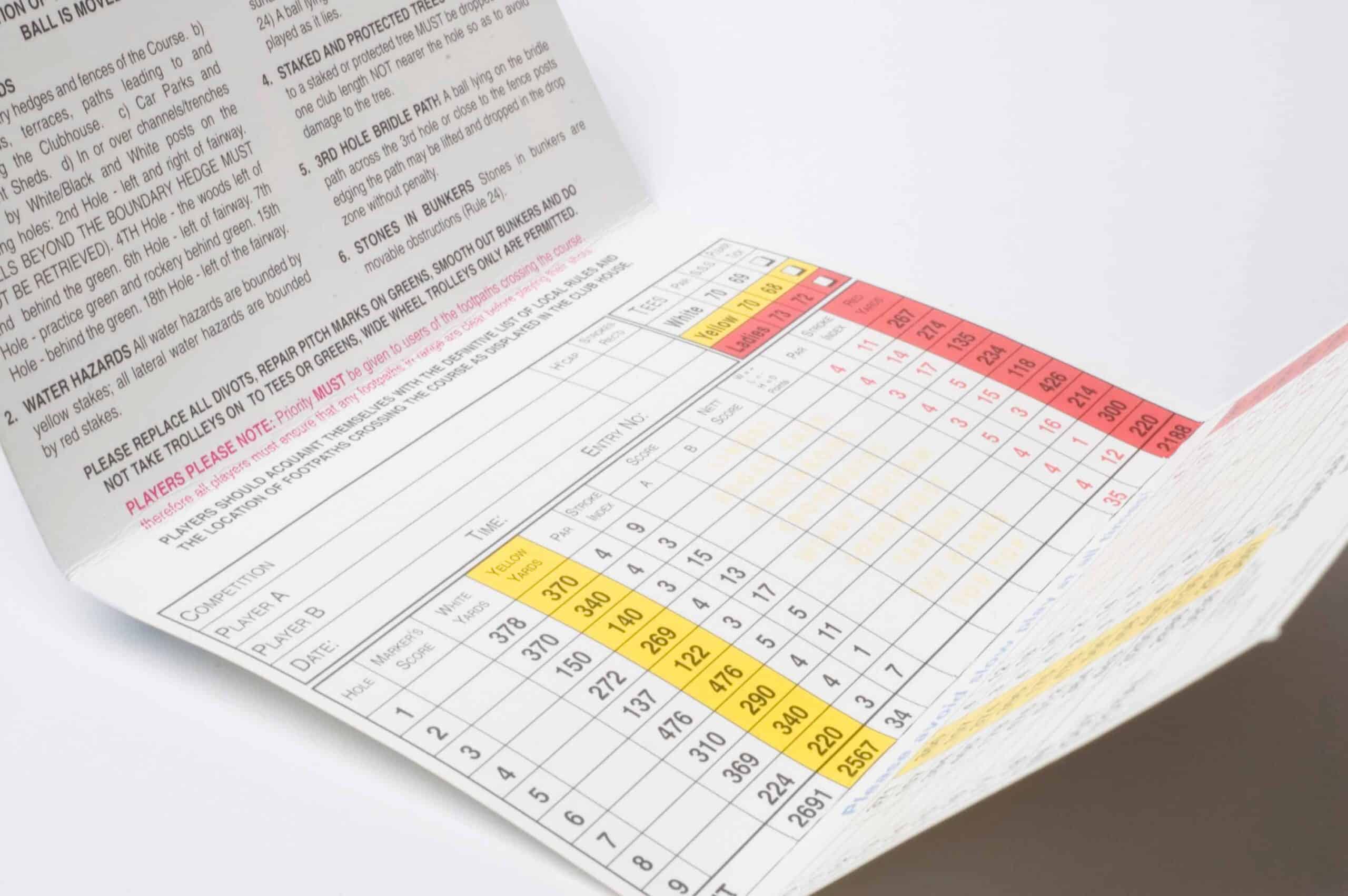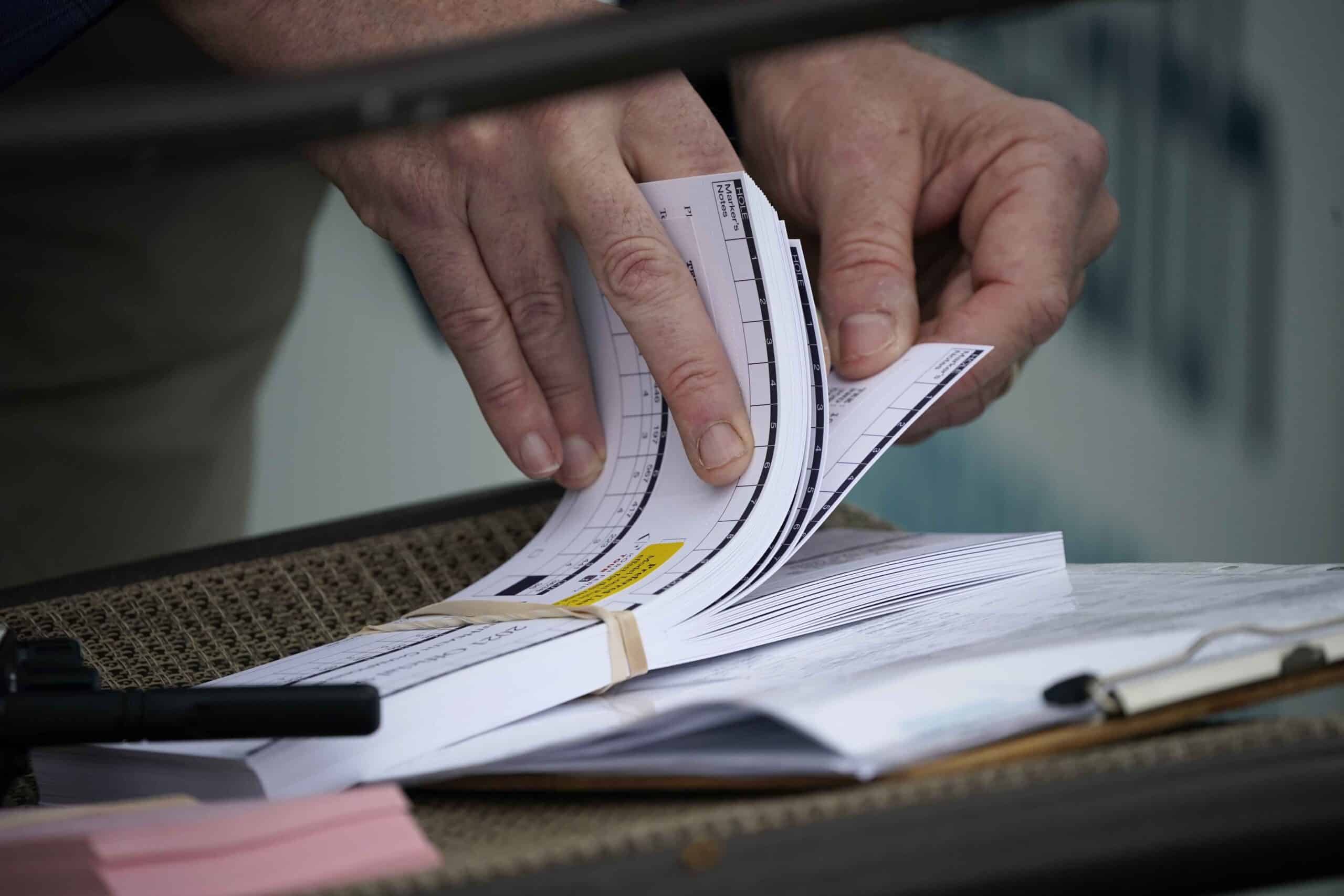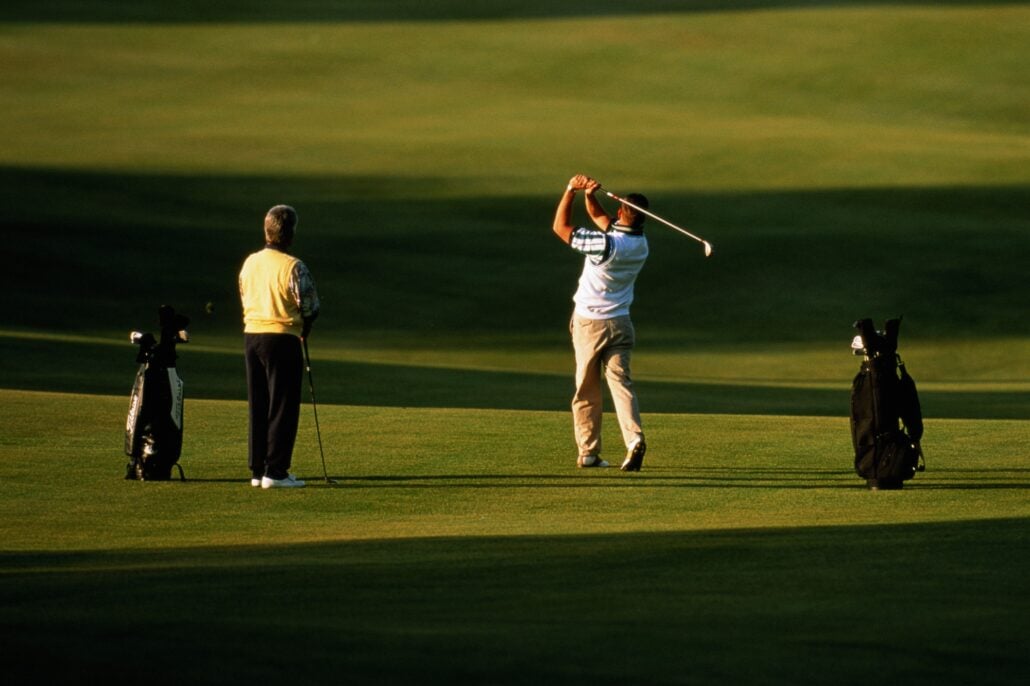
What is Slope Rating and how does it affect your handicap?
Imagine the ideal golf course. It’s not too easy, not too hard. Everything is perfect. It’s impossible to find such a layout, of course. But the idea of it forms a central part of how the Slope Rating works.
Why? Because that fictitious track has a rating that forms the base from which our handicap marks are calculated.
In the World Handicap System, your Course Handicap – the number of shots you receive in a round of golf – is determined with the help of the Slope Rating for the set of tees from which you play.
What is Slope Rating and how does it work?
Slope Ratings are described by the USGA as indicating the “measurement of the relative playing difficulty of a course for players who are not scratch golfers, compared to scratch golfers”.
Every course in the UK is being assessed using a course rating system, which focuses on scratch and bogey golfers.
The course rating is produced by considering the number of strokes a scratch player would be expected to complete a round in under normal playing conditions.
Scratch, by the way, does not mean tour pro. It’s your average club zero-handicapper.
The bogey rating, similarly, is the number of strokes a bogey player would take in the same conditions.
A bogey golfer is classed as about a 20 handicapper for a man, and 24 for a woman.
The Slope Rating is then created by taking the difference between those two ratings and multiplying it by a predetermined factor.
Every set of tees on every course will have a Slope Rating and those numbers will vary between 55 and 155.
The higher the Slope Rating, the greater the difference expected between the scores of those scratch and bogey golfers. A higher rating doesn’t necessarily mean that the course is more difficult than another.
England Golf say: “The most significant factors involved in determining Slope Rating are length, trees, rough and water hazards.
“Because bogey golfers typically demonstrate a wider shot dispersion, these obstacles are expected to penalise them more than a scratch player, creating a higher expected score, resulting in a higher Slope Rating.”
The old CONGU system worked on the basis that the relative difficulty of a course for all players was represented by the Scratch Rating (SSS) and meant a single handicap mark can be used on every course we play.
This changed under WHS. Using a Slope Rating recognises that relative difficulty affects golfers in different ways and that a number of factors are at work.
How good is the golfer who is playing the course? How long is the course? Where are the hazards found?
So a Slope Rating takes that relative difficulty of a course and the player’s WHS Handicap Index to calculate a Course Handicap for each course and each set of tees for every player.
Let’s get into the maths…
Remember that ideal course we talked about at the beginning? As we said earlier, it forms the base or neutral Slope Rating – a number that indicates a course of standard playing difficulty.
That figure, for handicap purposes, is 113.
Your WHS handicap index is worked out to one decimal place and that number is calculated against that neutral Slope Rating of 113.
That probably doesn’t sound like much to you, but using that neutral rating means you can compare your WHS handicap index, and your potential, against any golfer in the world – regardless of whether they play at Pebble Beach or Powfoot.
When WHS comes into effect, every score returned by every player, from every course, will automatically be standardised. That means it will be calculated to that neutral base of 113.
Handicappers use the term ‘de-sloped’ for this and it is achieved using that number, the actual gross score – which has been adjusted for net double bogey – and the Slope Rating of the course on which that score was recorded.
So what does that mean?
Remember your WHS Handicap Index is not your playing handicap. Every time you go to the course, that mark will be adjusted for Slope for the course, or tees, that is being played.
That provides your Course Handicap for that round. That number could be adjusted again if you’re playing in a competition and certain allowances – such as 9/10 or 3/4 – need to be taken into account for the chosen format of play. This is known as the Playing Handicap.
But the great thing about Slope, and what in practice will make it easier to follow than some of the things you’ve just read, is that it works on a sliding scale.
So all golfers, whatever their handicap, can easily convert their WHS Handicap Index to a specific Course handicap.
The computer software that clubs use to record entries for competitions might do that automatically once you punch your name into the touchscreen.
Or you can find the chart in the clubhouse that allows you to line up your WHS handicap index against the tees to get the required number.
Need more information on the World Handicap System?
Visit our dedicated WHS page where you will find everything you need to know and details of how to contact us if you have any more questions.
Steve Carroll

A journalist for 25 years, Steve has been immersed in club golf for almost as long. A former club captain, he has passed the Level 3 Rules of Golf exam with distinction having attended the R&A's prestigious Tournament Administrators and Referees Seminar.
Steve has officiated at a host of high-profile tournaments, including Open Regional Qualifying, PGA Fourball Championship, English Men's Senior Amateur, and the North of England Amateur Championship. In 2023, he made his international debut as part of the team that refereed England vs Switzerland U16 girls.
A part of NCG's Top 100s panel, Steve has a particular love of links golf and is frantically trying to restore his single-figure handicap. He currently floats at around 11.
Steve plays at Close House, in Newcastle, and York GC, where he is a member of the club's matches and competitions committee and referees the annual 36-hole scratch York Rose Bowl.
Having studied history at Newcastle University, he became a journalist having passed his NTCJ exams at Darlington College of Technology.
What's in Steve's bag: TaylorMade Stealth 2 driver, 3-wood, and hybrids; TaylorMade Stealth 2 irons; TaylorMade Hi-Toe, Ping ChipR, Sik Putter.



